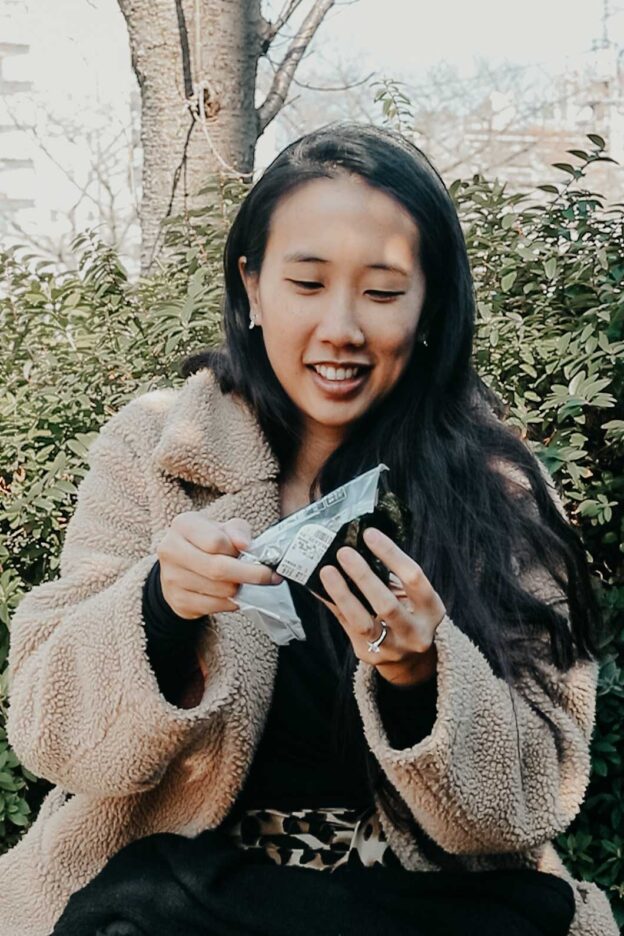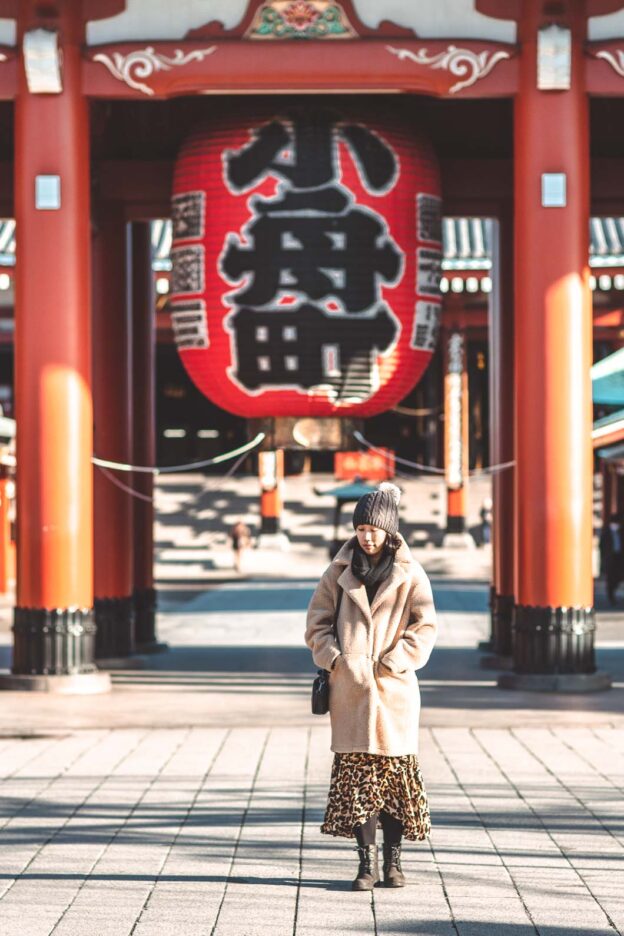
THINGS TO KNOW
Our main reason for buying a local SIM card at a new destination is to use it for navigation purposes. We landed at Tokyo Haneda Airport and enquired about a Japanese SIM card here. For 10GB of data, we were quoted ¥5,350 (approximately AUD $80). We could not justify the cost and decided to try our luck in the city but it turns out that it is very easy to navigate Tokyo without a Japanese SIM card because there is Free Wi-Fi offered on almost all Tokyo public transport! This includes free Wi-Fi on all Tokyo Metro Lines, Toei Subway Lines and most Tokyo buses.
In our experience, travelling in Tokyo and Hakuba without a Japanese SIM card was quite simple and not impossible. We also borrowed a pocket Wi-Fi device from one of our hotels in Tokyo but unfortunately, we couldn’t get the device to work (Note – always ask for a tutorial before leaving the hotel or store). Regardless, without a SIM card or pocket Wi-Fi device, navigating Tokyo with access to free Wi-Fi on the public transport system and many restaurants and cafes was easy. As we had premarked our destinations on Google Maps, we were generally able to locate our desired spots on Google Maps offline provided we hadn’t closed down the app on our smartphones.
Depending on the nature and length of your trip and your planned itinerary, you might want to purchase a SIM card or Wi-Fi device. However, if you’re only sticking to the major cities and mostly need the internet for navigation, we do not think that you will need a Japanese SIM card. You can survive by connecting to the occasional Wi-Fi hotspot. Just be prepared to enter your email address every five minutes.
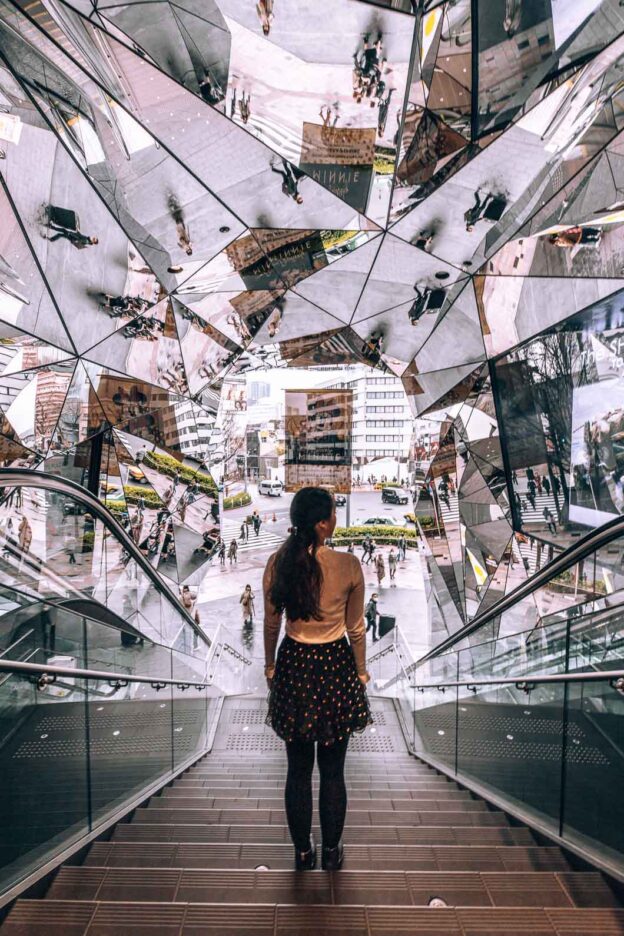
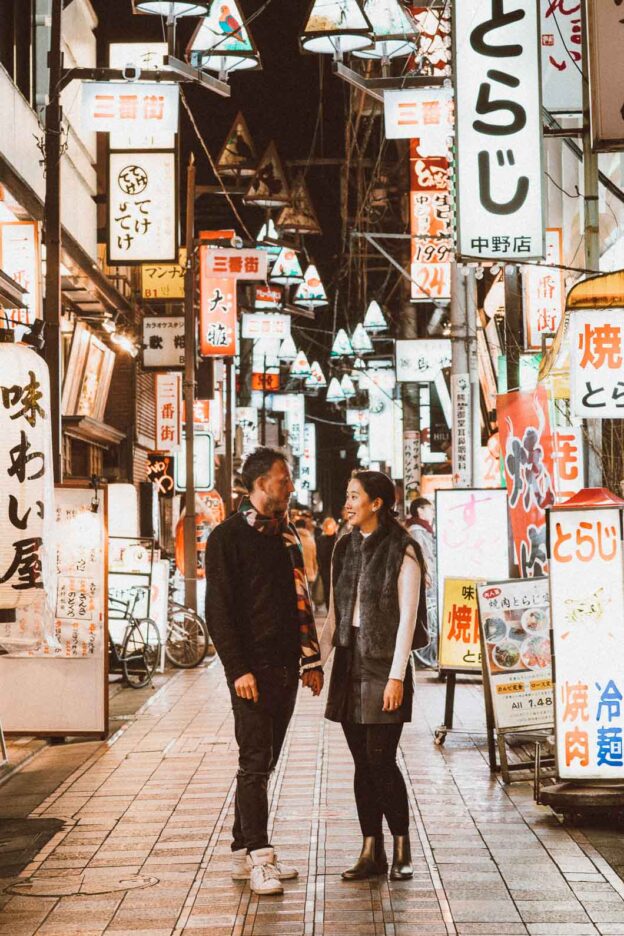
FREE, CLEAN & PREVALENT!
You’ll find toilets at train stations, shopping centres and basically anywhere people might go. For women, most public toilets are flush toilets familiar in the Western world. It was less common to come across cubicles with squat toilets. All the public toilets that we used whilst in Japan were well stocked with toilet paper, hand soap and running water.
Once inside the cubicle the fun doesn’t stop there with heated seats and a myriad of buttons at your disposal. Some toilets are fancier than others so we’ll just give you some privacy to discover them on your own.
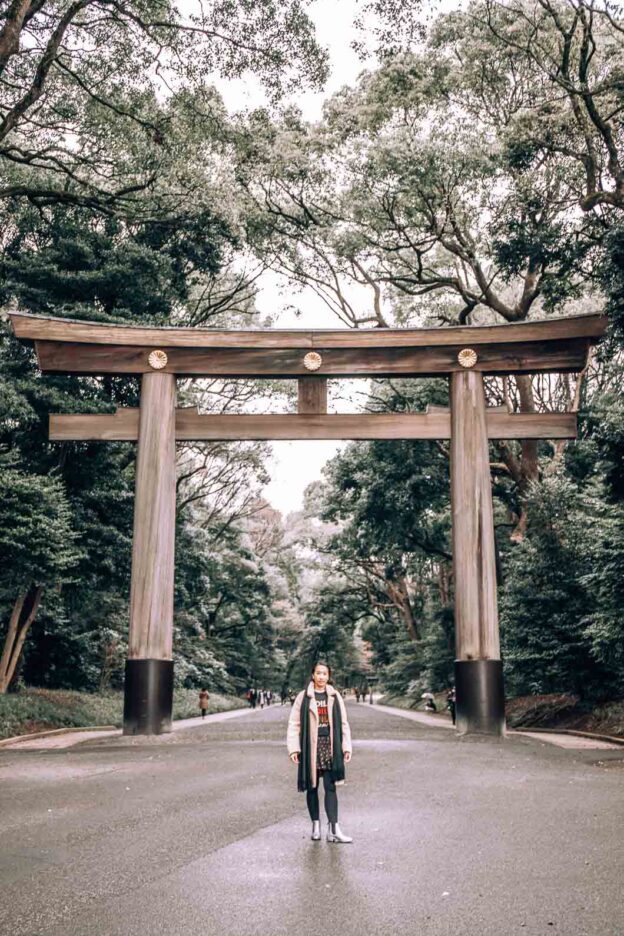
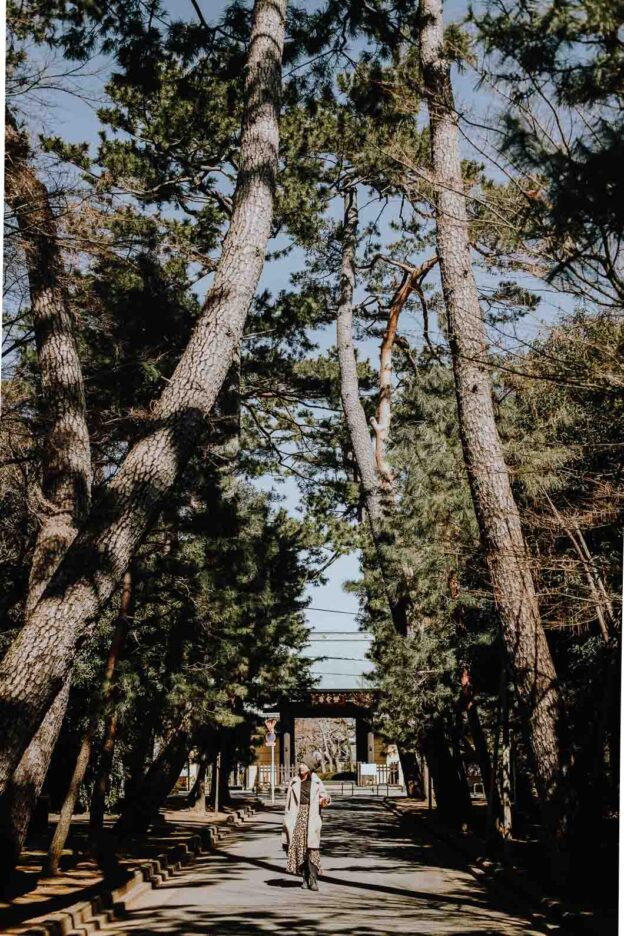
When travelling via a train, bus or anything else that runs to a timetable, expect that it will depart or begin the second the clock ticks over to the specified time. The Japanese are notoriously punctual and things run like clockwork so don’t snooze that alarm.
Depending on your itinerary, it would be wise to consider purchasing a Japan Rail Pass. Take a read of this comprehensive guide on how to use a train in Japan, which details how to order your Japan Rail Pass.
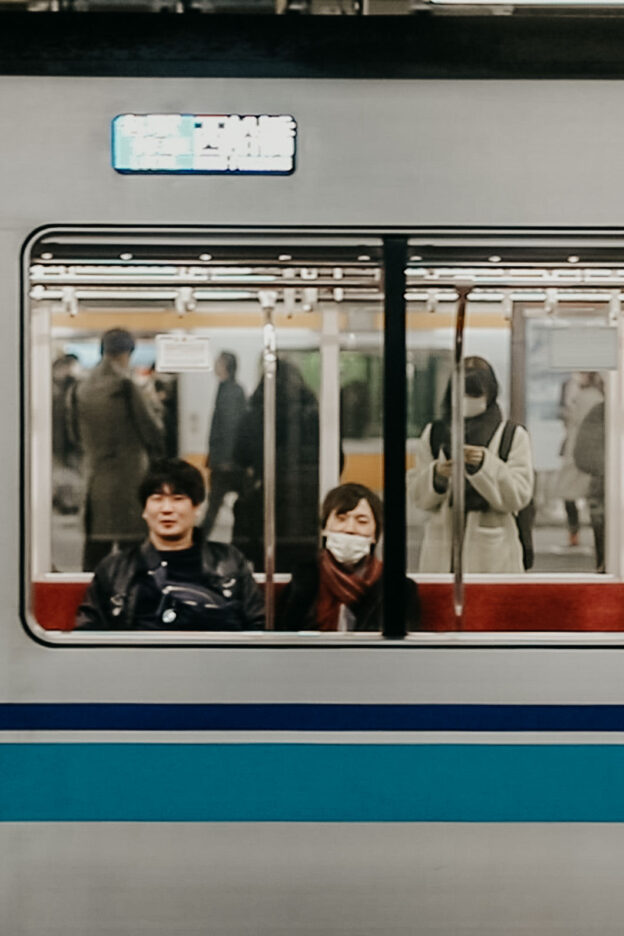
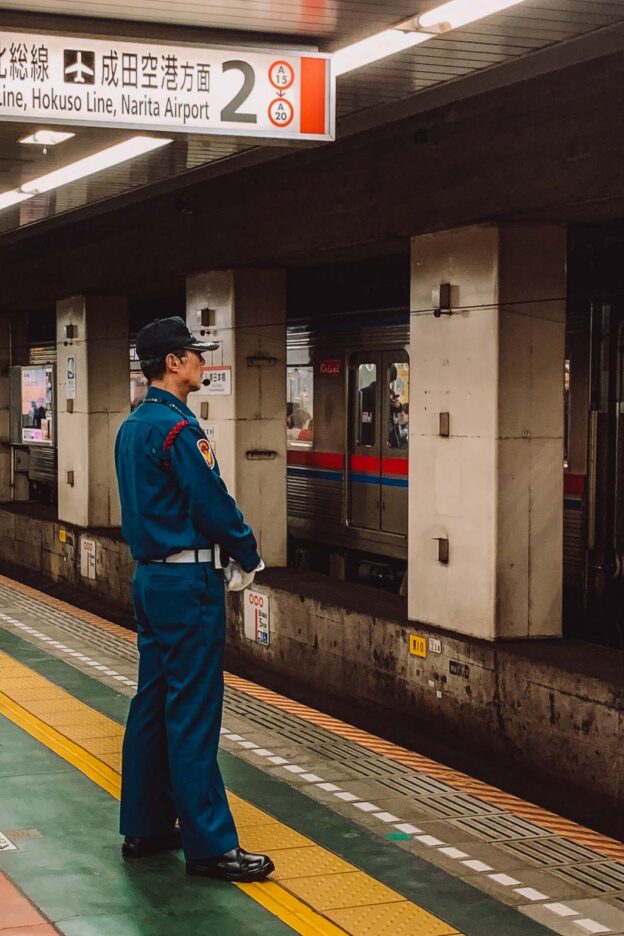
You won’t find many street name signs whilst travelling in Japan. Instead, the Japanese system for addresses begins with the largest area and then reduces in size. Beginning with the country, then the city and so on until you arrive at your exact point of interest. For larger cities they will be divided into a chō (council/municipality) followed by a chōme (district).
This is perhaps why Google Maps is so useful when trying to track down a particular apartment, restaurant or shop. Some businesses also do not have an English translated name, making the hunt all the more fun and frustrating at the same time!

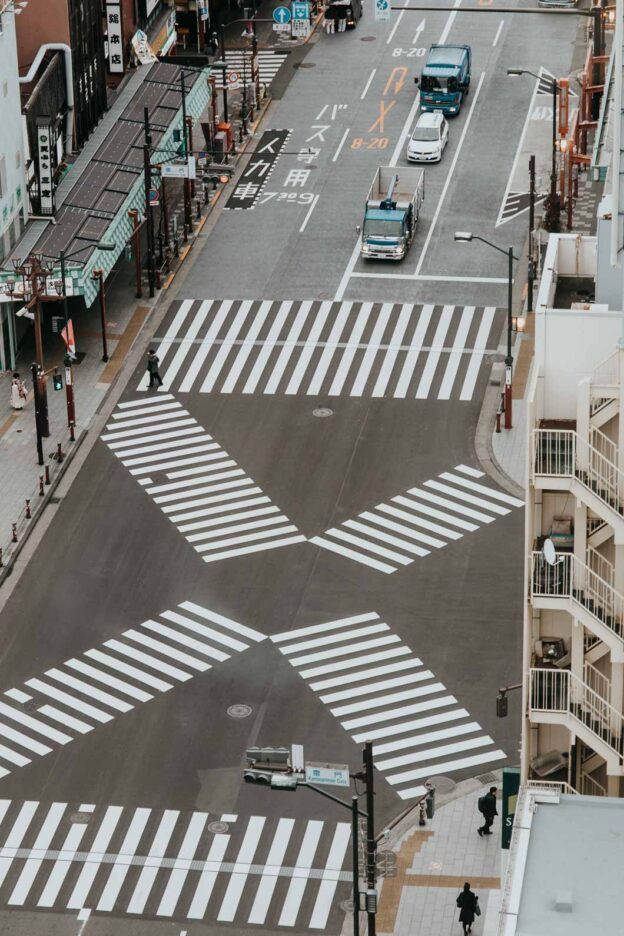
Cash is king in Japan. This is something that you can prepare before going to Japan as the Japanese Yen is not a closed currency. Most restaurants prefer this payment method. Be prepared and always carry some cash with you.
ATMS are prevalent in the larger cities. You’ll find them at the banks on the streets, in train stations and in some convenience stores (Lawson’s, 7Eleven, Family Mart). We had no issues withdrawing Japanese Yen from ATMs however, we did have to pay an ATM withdrawal fee of ¥220 each time (approx AUD $3.50).
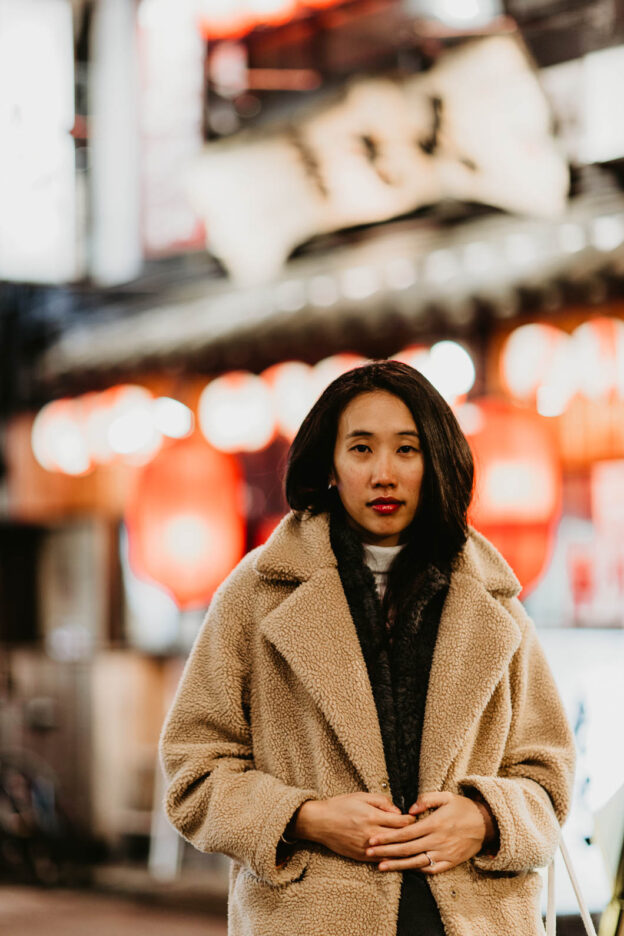
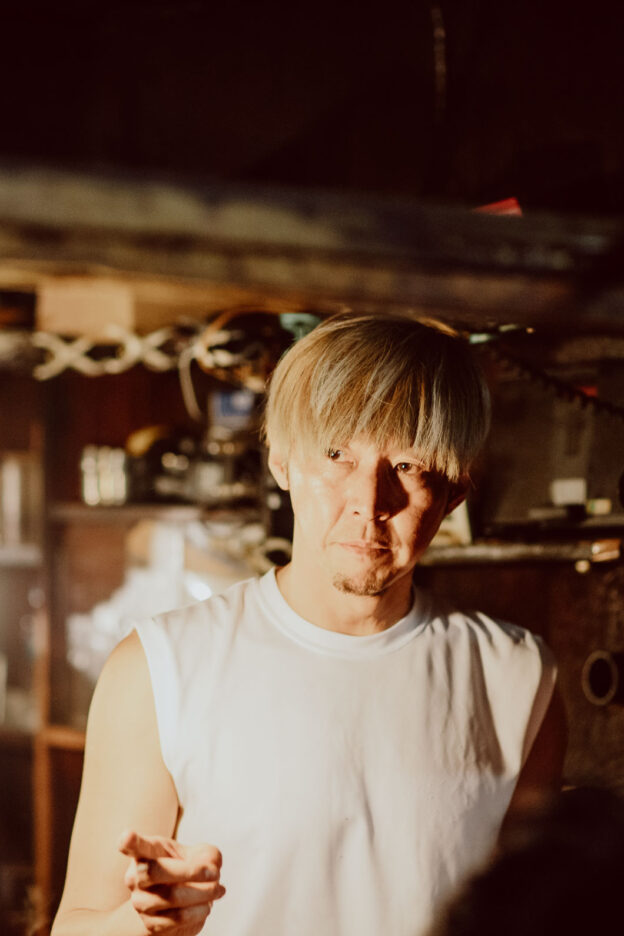
This is an important thing to know about Japanese culture and will mostly surprise travellers visiting from a country where tipping is the norm. Tipping is not included or expected in Japanese restaurants and for many other services such as taxi drivers or housekeeping. During Jasmine’s first visit to Tokyo, she was chased down the street by a waitress after eating dinner and paying her bill to have her ¥1 change returned to her.
Service charges are rare in Japanese restaurants and we only encountered this once in Tokyo.
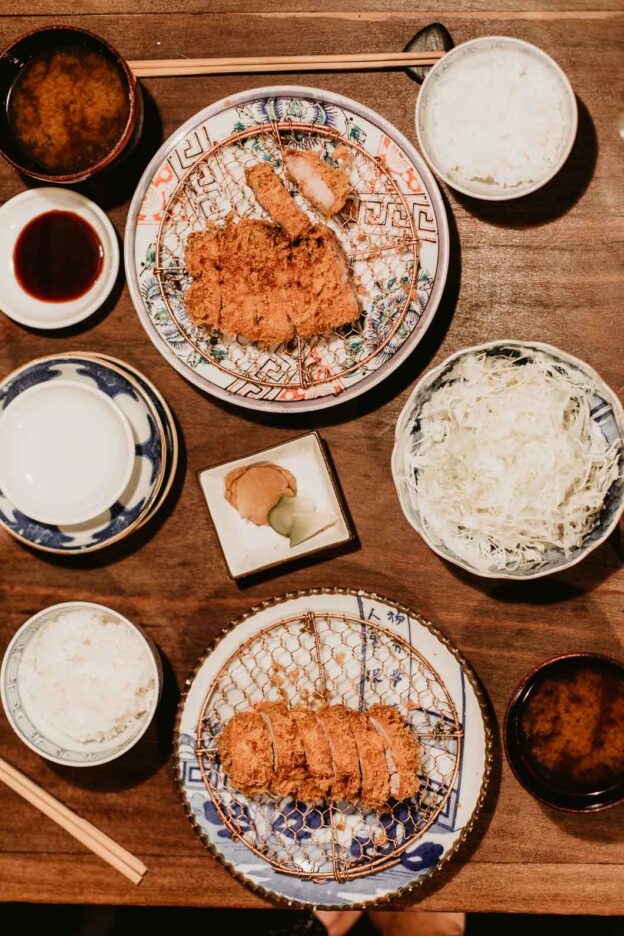
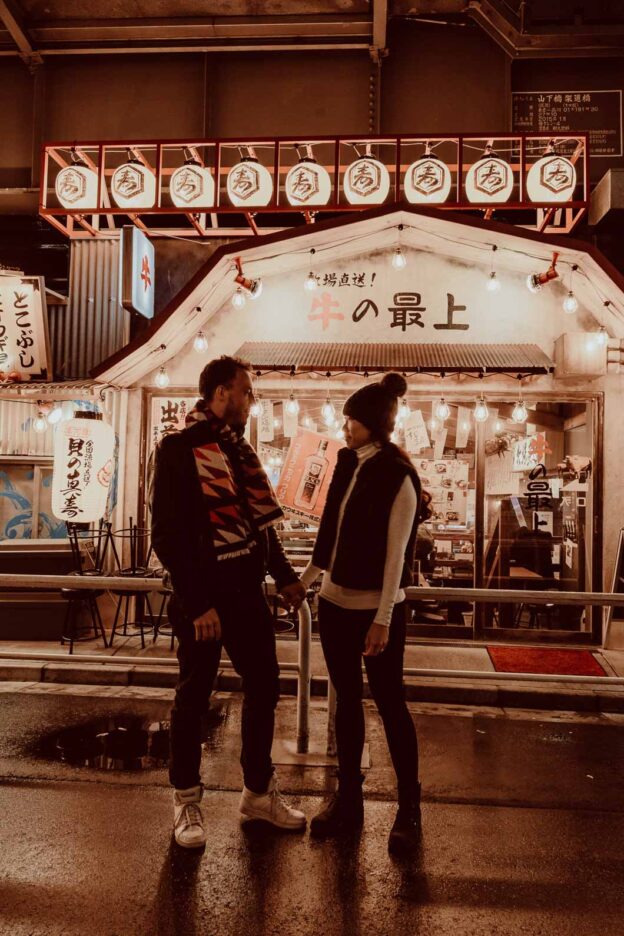
Chopsticks are the utensil of choice in Japan so it would be wise to brush up on your skills. They’re used to eat practically all cuisines: ramen, gyoza, sushi, katsu, tempura – even rice!
Single use bamboo chopsticks are available in the majority of restaurants along with individual sanitised hand wipes. Personally, we don’t believe this to be the most environmentally friendly practices but we expect that eateries operate in this manner for hygiene reasons.
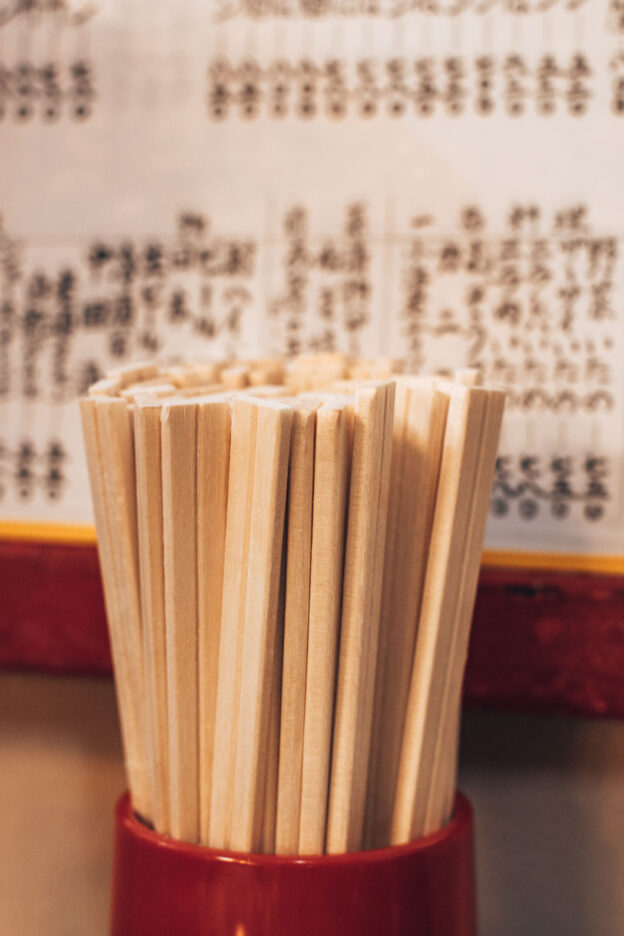
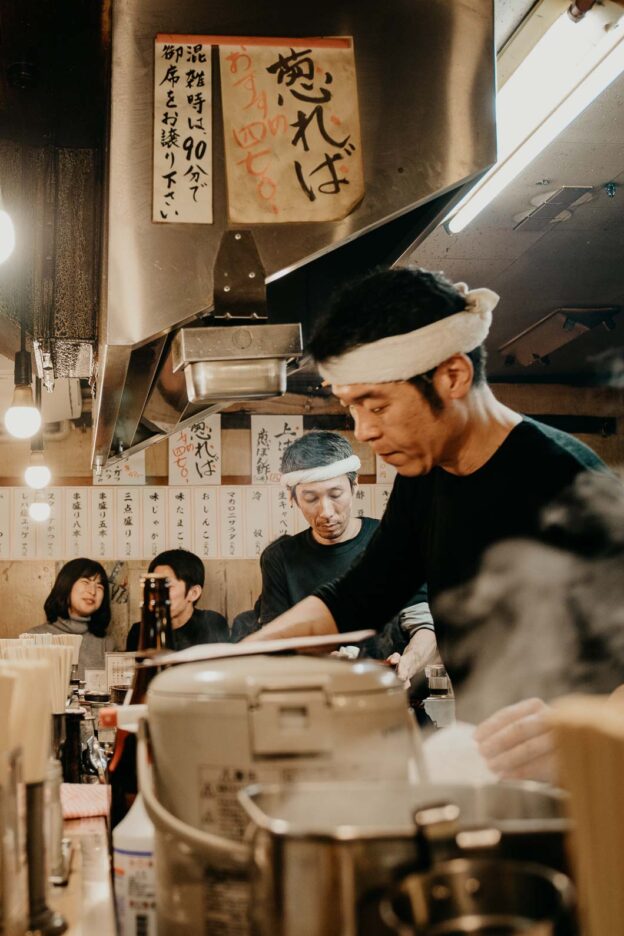
If you’re worrying about “how much Japanese do I need to know?” – don’t fret. Many Japanese people in large cities speak a decent level of English, particularly when working in the tourism industry. Outside of key tourist areas such as airports, train stations, restaurants and hotels, one should not expect English to be spoken by all Japanese. Try to learn a few simple phrases before your trip. We’ve outlined a couple of useful one liners which we learnt before our trip to Japan.
Hai – Yes
Iie – No
O-negai shimasu – Please
Arigatō – Thank you
Sumimasen – Excuse me
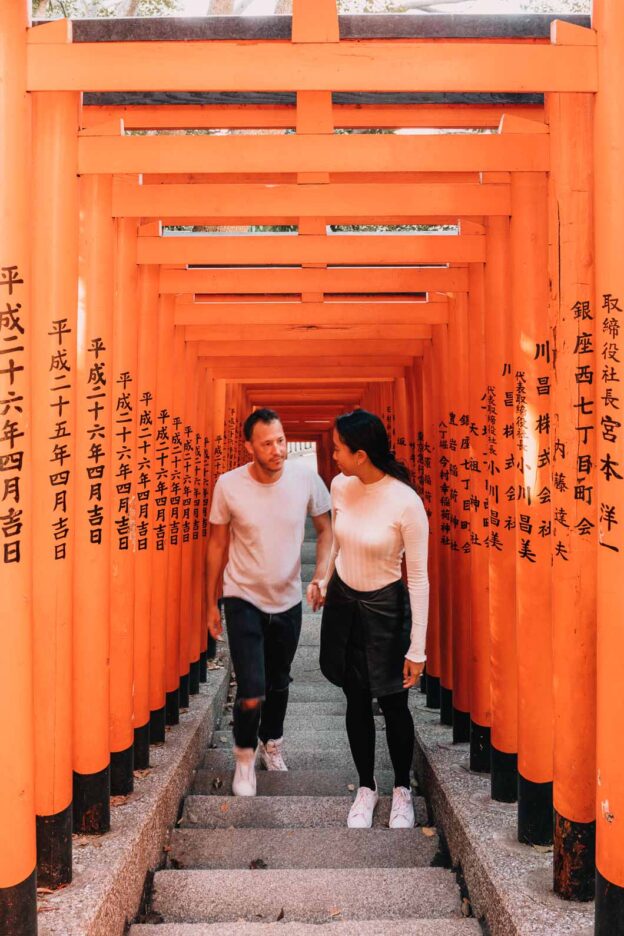
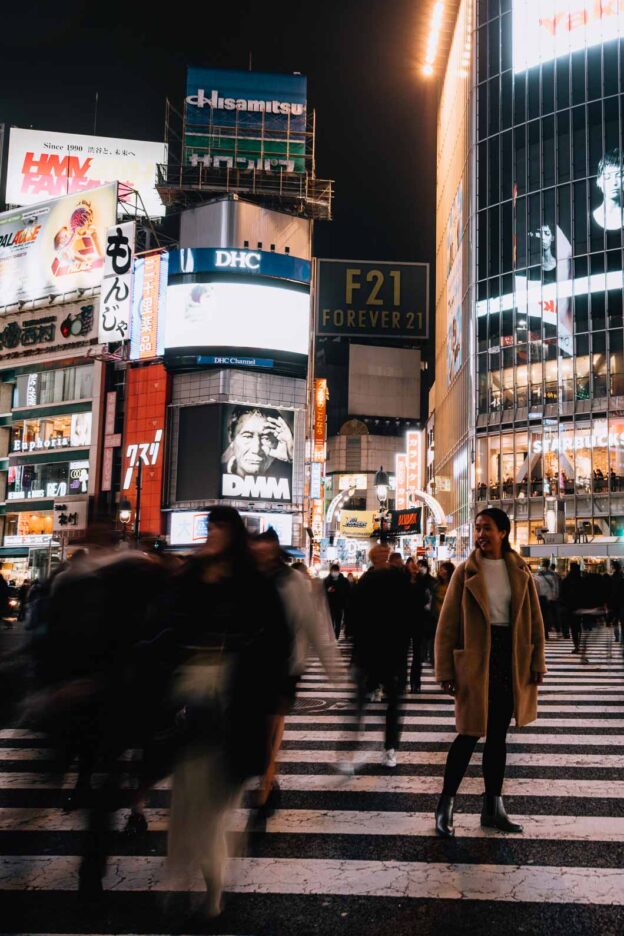
For our 2020 Japan trip, we travelled to Hakuba for a week in a large group. We discovered that restaurants generally do not split the bill so it’s best for everyone to have smaller denominations where possible. In our experience, the same concept applied in eateries in Tokyo.
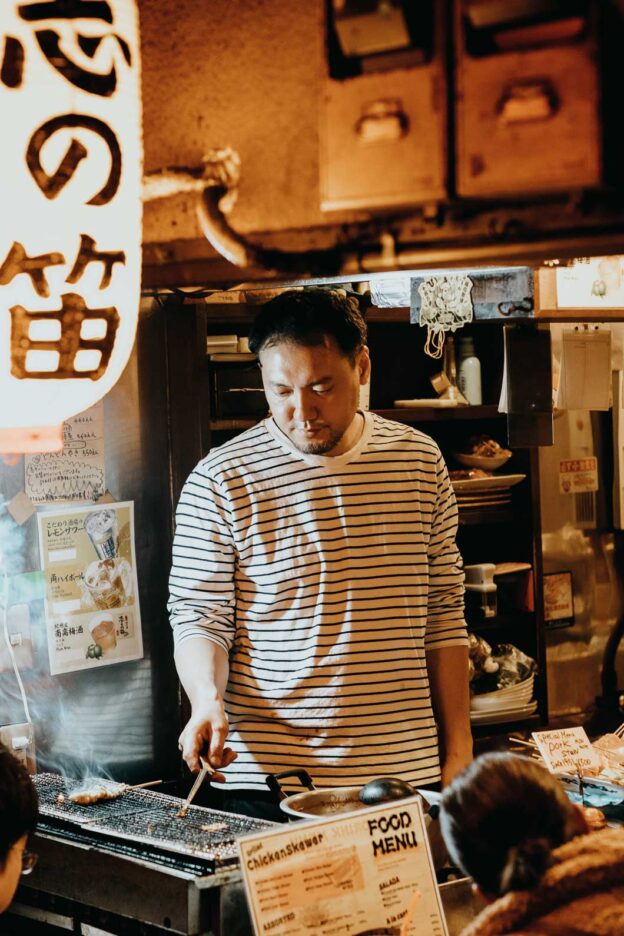
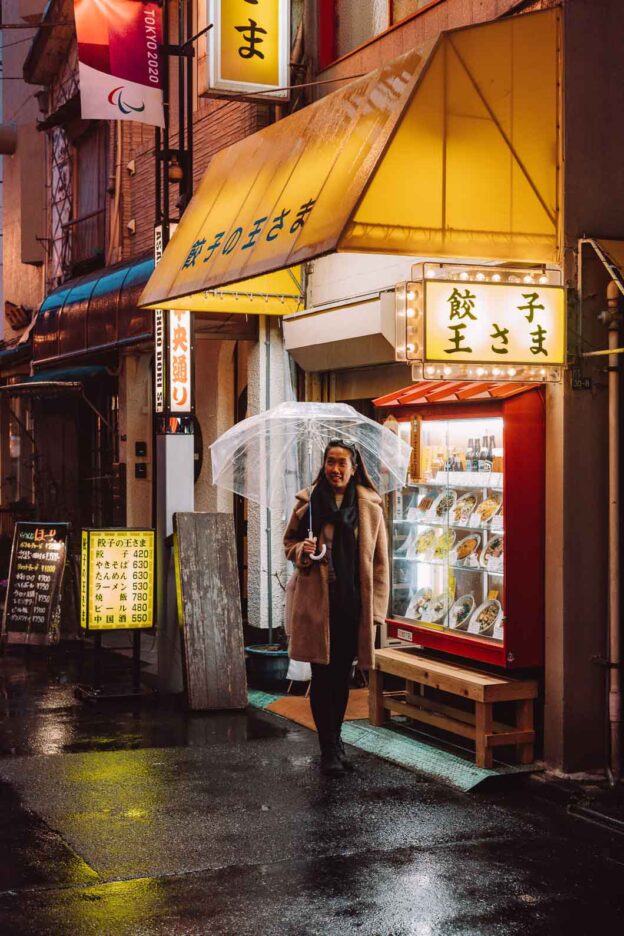
Depending on your restaurant of choice, you may be asked to take off your shoes before being seated at your table. This will usually be required at restaurants where patrons sit on the floor on tatami mats. It is also advisable to be wearing socks or to bring a pair of clean socks (without holes!) as one would be considered ill-mannered to walk around inside barefoot or whilst wearing outdoor shoes.
Usually, restaurants will provide indoor slippers for customers to wear. There is also a pair of toilet slippers when going to the bathroom, different to the indoor slippers! Make sure to pack your good socks!
Take a read of this comprehensive Japan travel checklist before planning a trip to Japan – it includes some extra tips on Japan travel etiquette!
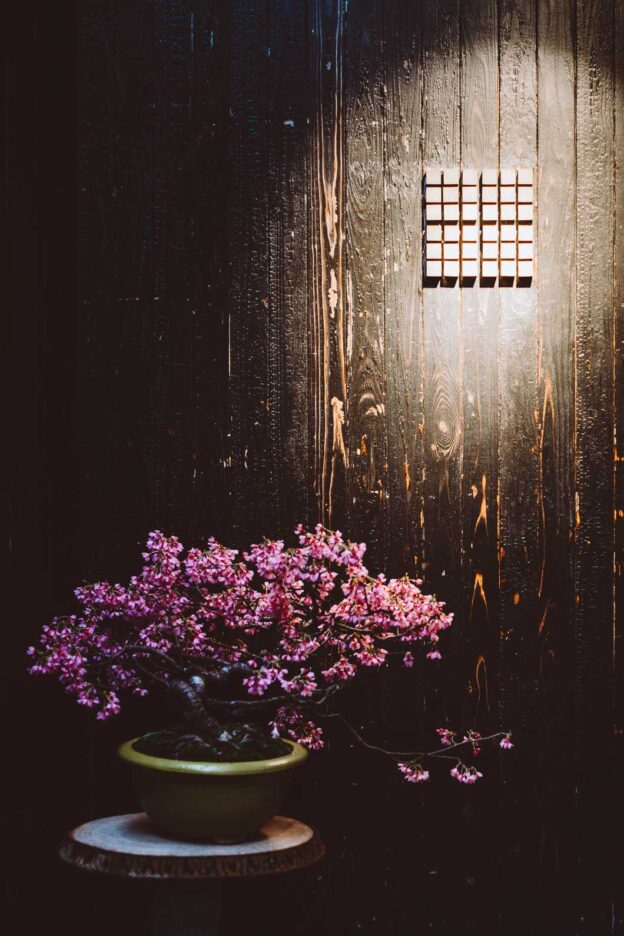

If you’re walking around Tokyo or another big Japanese city and you’re wondering why you haven’t seen any shining lights or menus for eateries, don’t be confused. Many food outlets and establishments occupy a floor or floors within city towers. If you have your heart set on eating at a particular restaurant, take note of the address in case it is above the ground floor.
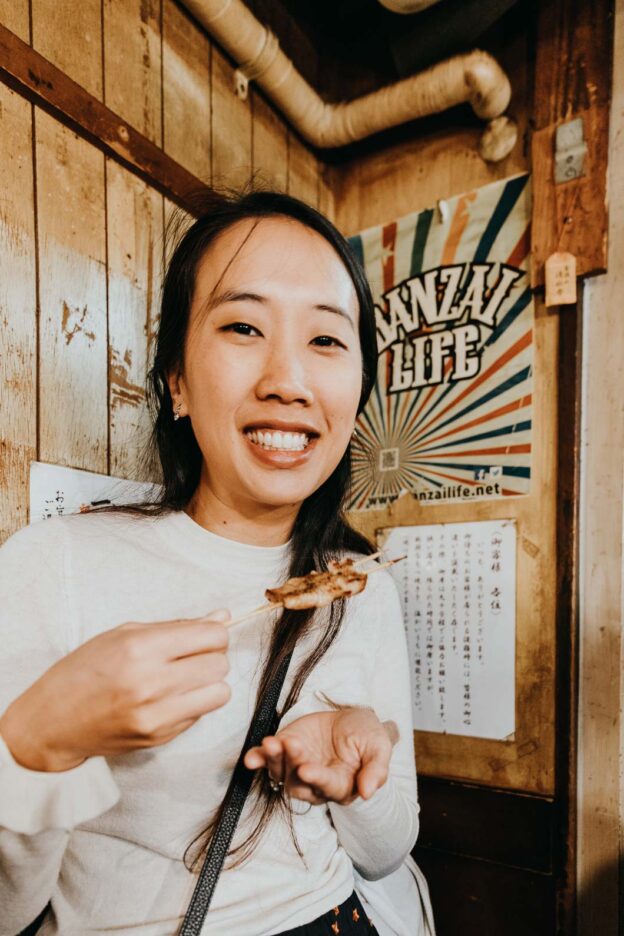
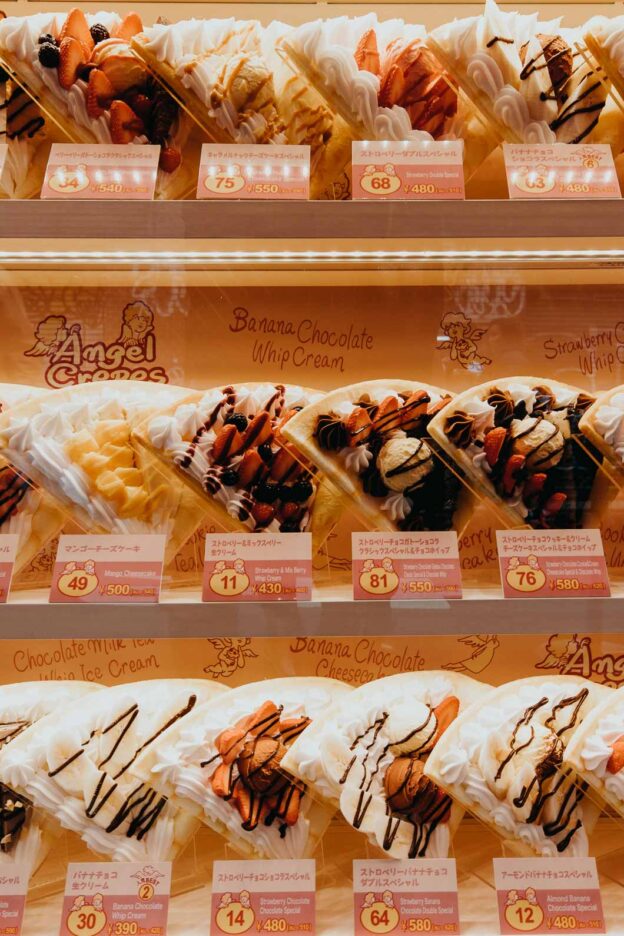
We travelled to Japan in February/March 2020 and stayed in Tokyo and Hakuba. We estimate that 95% of people in Tokyo were wearing a surgical face mask. Given Japan’s proximity to China, we understand that extra precautions are being taken in the wake of Coronavirus (COVID-19). We later discovered that even before the outbreak of Coronavirus, people in Japan will often wear surgical masks anyway if they have a cold and don’t want to cough or sneeze on others. Sometimes they are worn to block dust and pollen too.
All in all, the Japanese are very thorough and conscientious of hygiene practices and preventing the spread of germs.
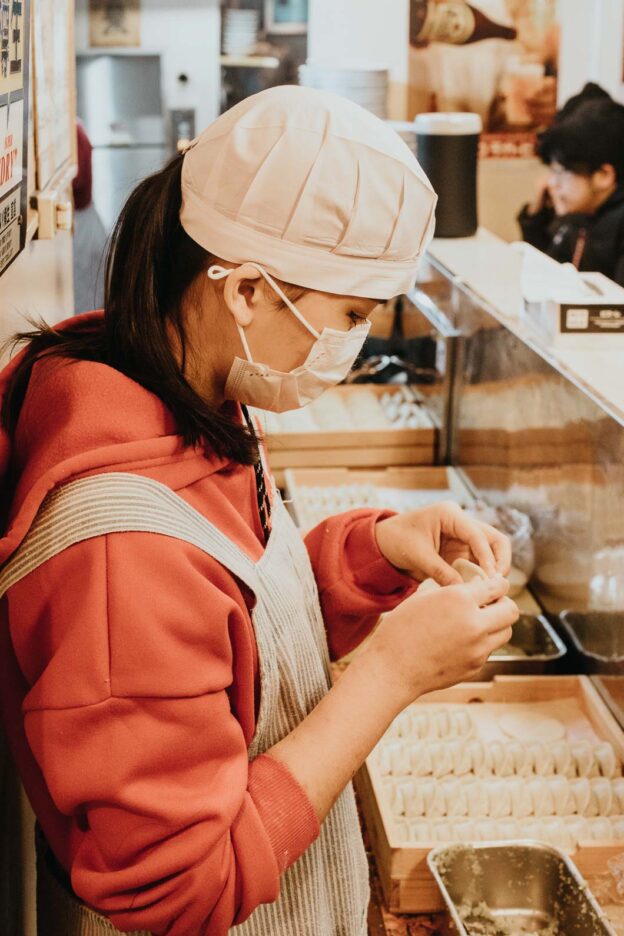
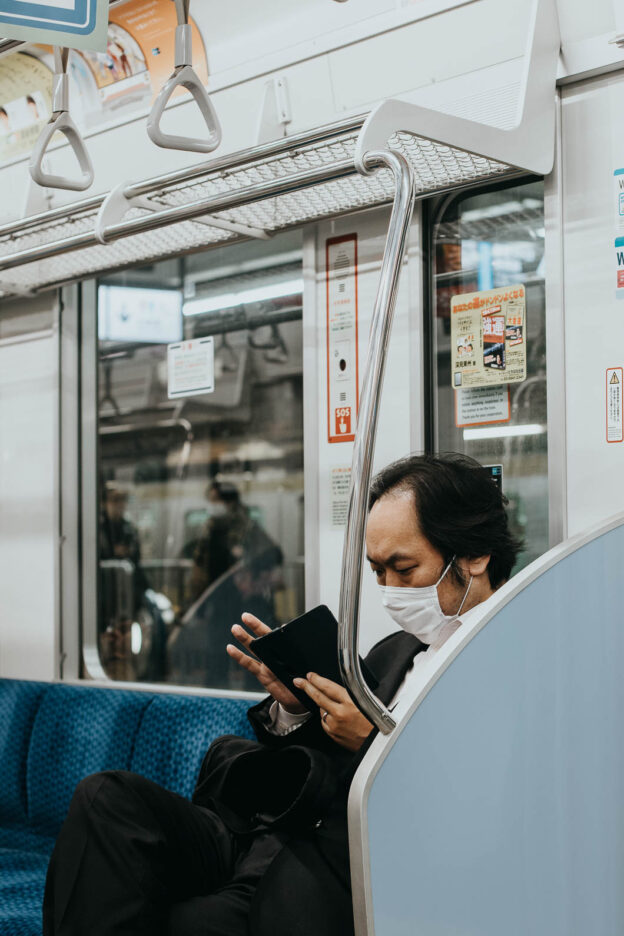
The Japanese are renowned for being polite, courteous and respectful. It is considered rude and inconsiderate to be loud and boisterous in public places. Particularly when travelling in large groups, show consideration to those around you and don’t make too much noise on trains and in restaurants.
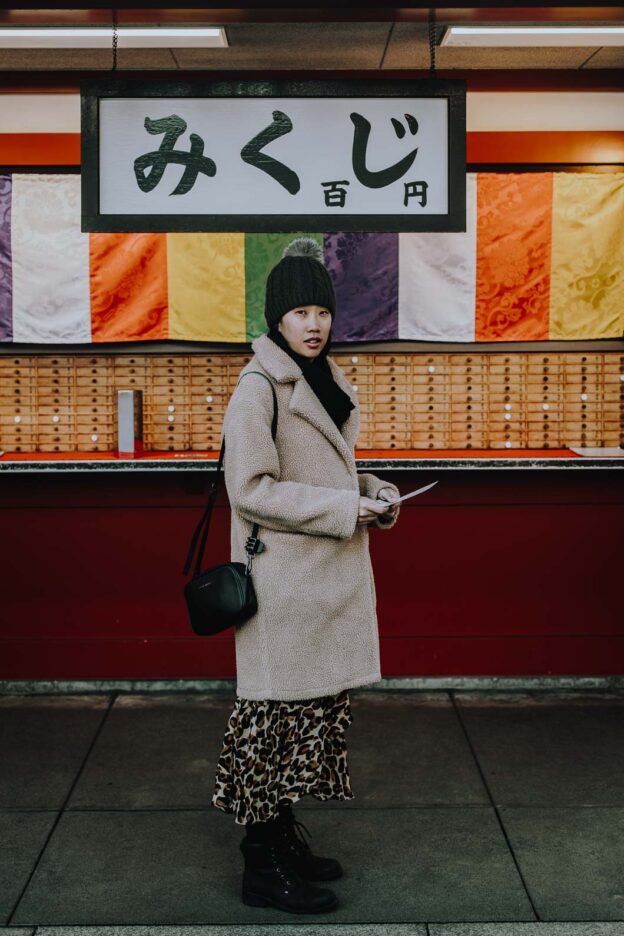
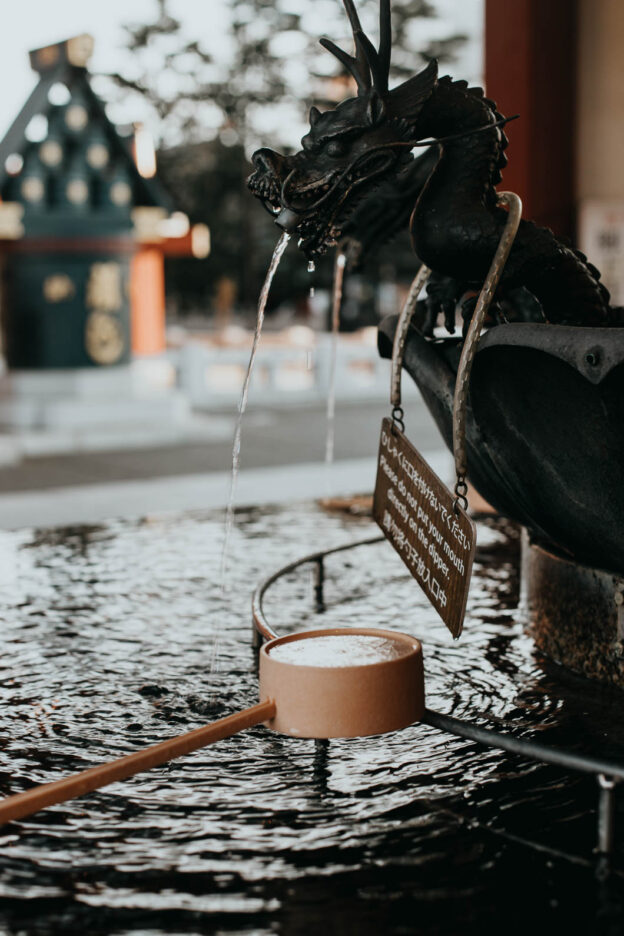
Vending machines are on almost every street in Tokyo. You’ll primarily see them filled with cold drinks, chocolates or strange looking snacks – some are rumoured to even dispense clothes and toiletries! But in Japan, you can order an entire meal from a vending machine without having to wait for a waiter (not that you’d have to wait long anyway – this is Japan after all!).
Ordering is simple and in many eateries, the menu will also have pictures and/or English translations to help you choose. But if you’re unsure, be adventurous and take a lucky dip!
You can also order beer, smokes and hot coffee in a can from certain vending machines.
FUN FACT: Some hotels have vending machines too. We had one on our floor during our stay at The Gate Hotel – read our hotel review here.
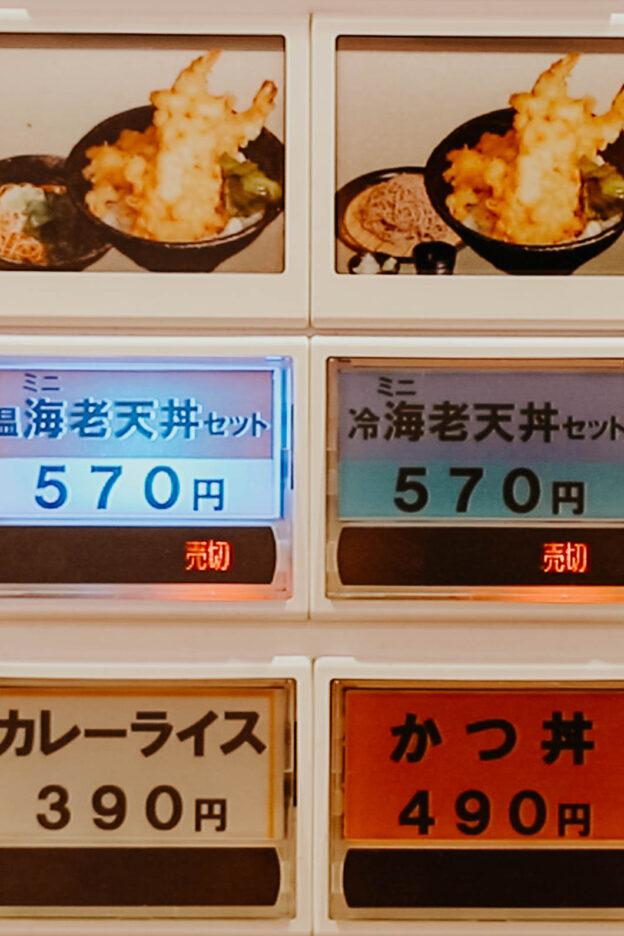
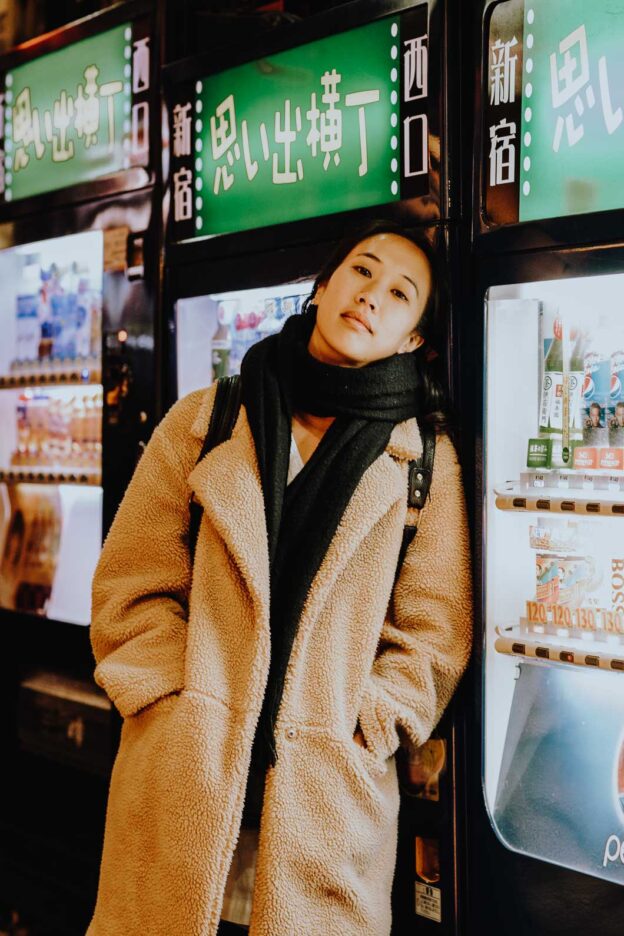
This is another important aspect of Japanese culture to know before going to Japan. Tattoos are not illegal in Japan but they have long been stigmatized and associated with crime gangs. Consequently, those with body ink (generally) cannot use public swimming pools, hot springs, beaches and some gyms. Many signs at some public spaces will clearly state this. Japanese people are famously polite and non-confrontational so please do not disobey the signs and cause unnecessary embarrassment and distress. If your hotel has a public onsen or swimming pool, the rules are likely to be relaxed here.
Sport fans also have the opportunity to see another long-honoured tradition live in action – sumo wrestling. The spiritual home of Japan’s national sport is in Ryōgoku (east Tokyo). Visitors and fans are able to watch professional rikishi and apprentice sumo wrestlers train and/or compete in tournaments. If this activity is right up your alley, read about how to watch sumo practice in Tokyo and book your tickets to a sumo wrestling tournament.
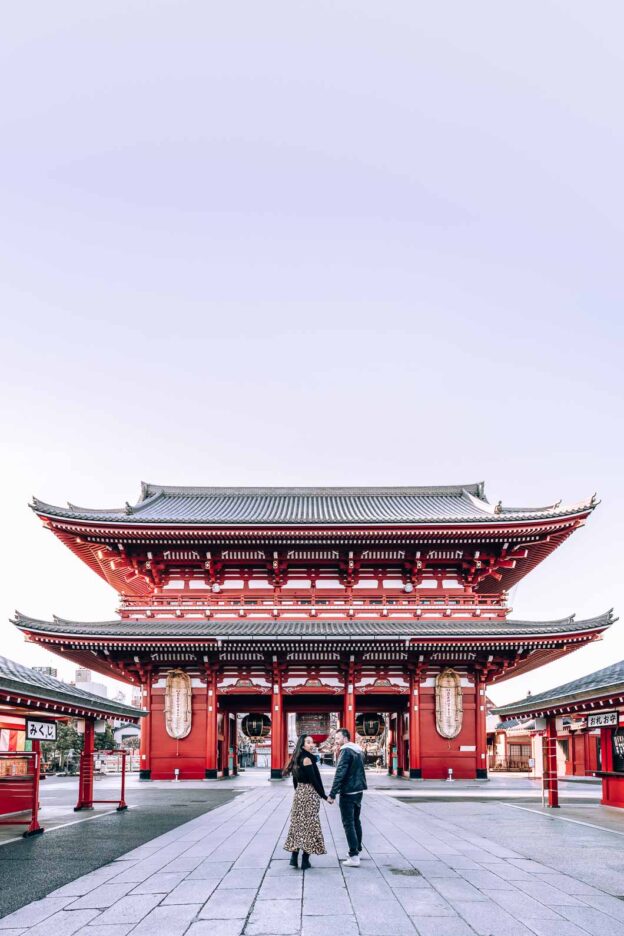
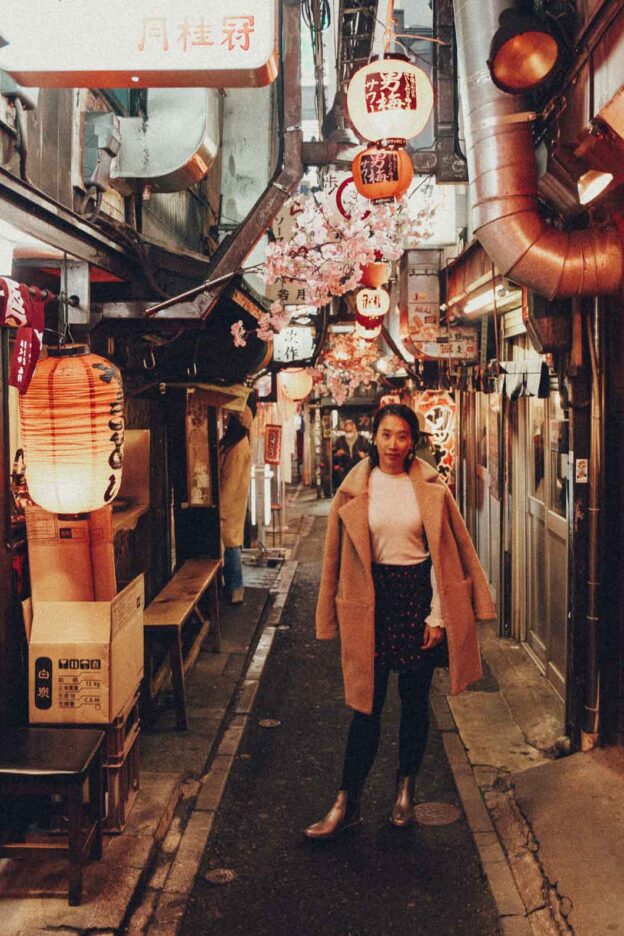
Convenience stores such as Lawson’s, 7Eleven or Family Mart are located everywhere and pack plenty of useful goodies inside. You’ll find hot fried chicken, onigiri (Japanese rice balls or triangles), ready-made Japanese meals, cold drinks, toiletries – basically everything that is convenient in case you run into an emergency. This is also one of the best places to get rid of all your ¥1 coins. Unfortunately, these chains still offer free small plastic bags so when thinking about what to pack for Japan, remember to bring your reusable cotton bag!
